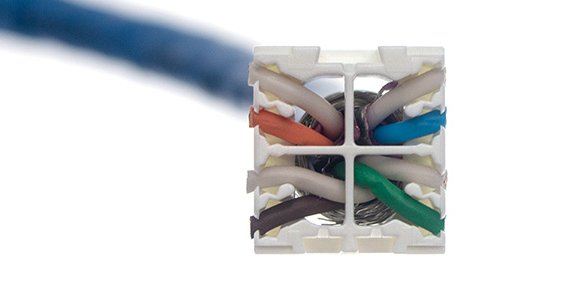Retardo de propagación
El retardo de propagación es una medida del tiempo que tarda una señal en viajar de un extremo a otro. Esto es importante porque la norma IEEE 802.3 especifica la latencia y los retardos máximos para las distintas versiones de Ethernet. Sigue leyendo para saber más sobre el retardo.
El retardo de propagación es el tiempo que tarda una señal en viajar de un extremo del enlace al otro.
El retardo de propagación debe ser el menor posible.

Propagation delay is the time it takes for a signal to travel from one end of a link to the other end.
The longer the cable is, the longer it takes until the signal reaches the far end of the link. As the pairs of a twisted-pair cable are twisted differently (more tight or less tight), the propagation delay differs between the pairs. The stronger a pair is twisted, the longer the propagation delay is.
Propagation delay is frequency-dependant. It is typically measured at 10 MHz.
Troubleshooting tips if propagation delay tests fail
| Typical cause of the problem | This might help (without engagement) |
| Horizontal cable too long | Cut the cable (if possible) |
| Patch cord too long | Use shorter patch cords |
| Consolidation point cable too long | Use shorter consolidation point cable |
Typical causes of delay problems and what might help to solve them.
Contact
Dirk Träger





